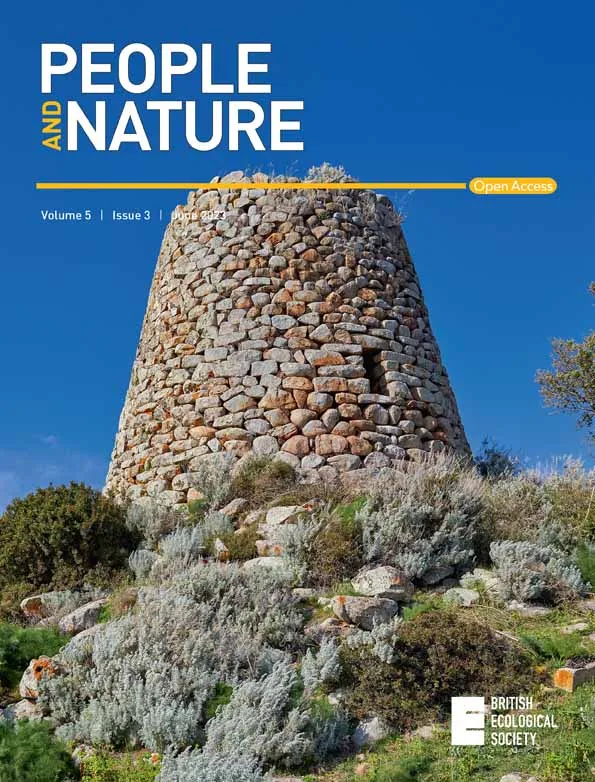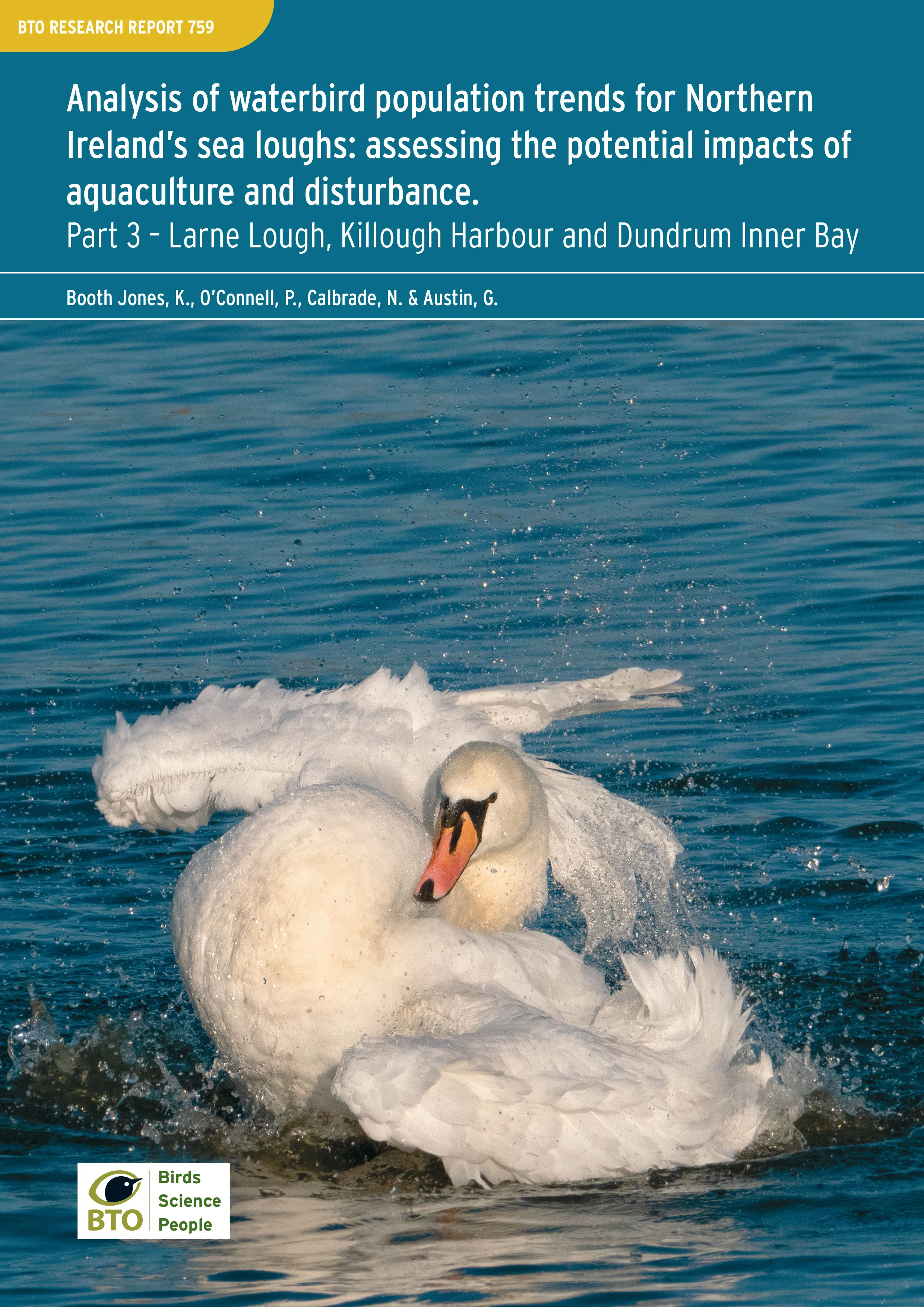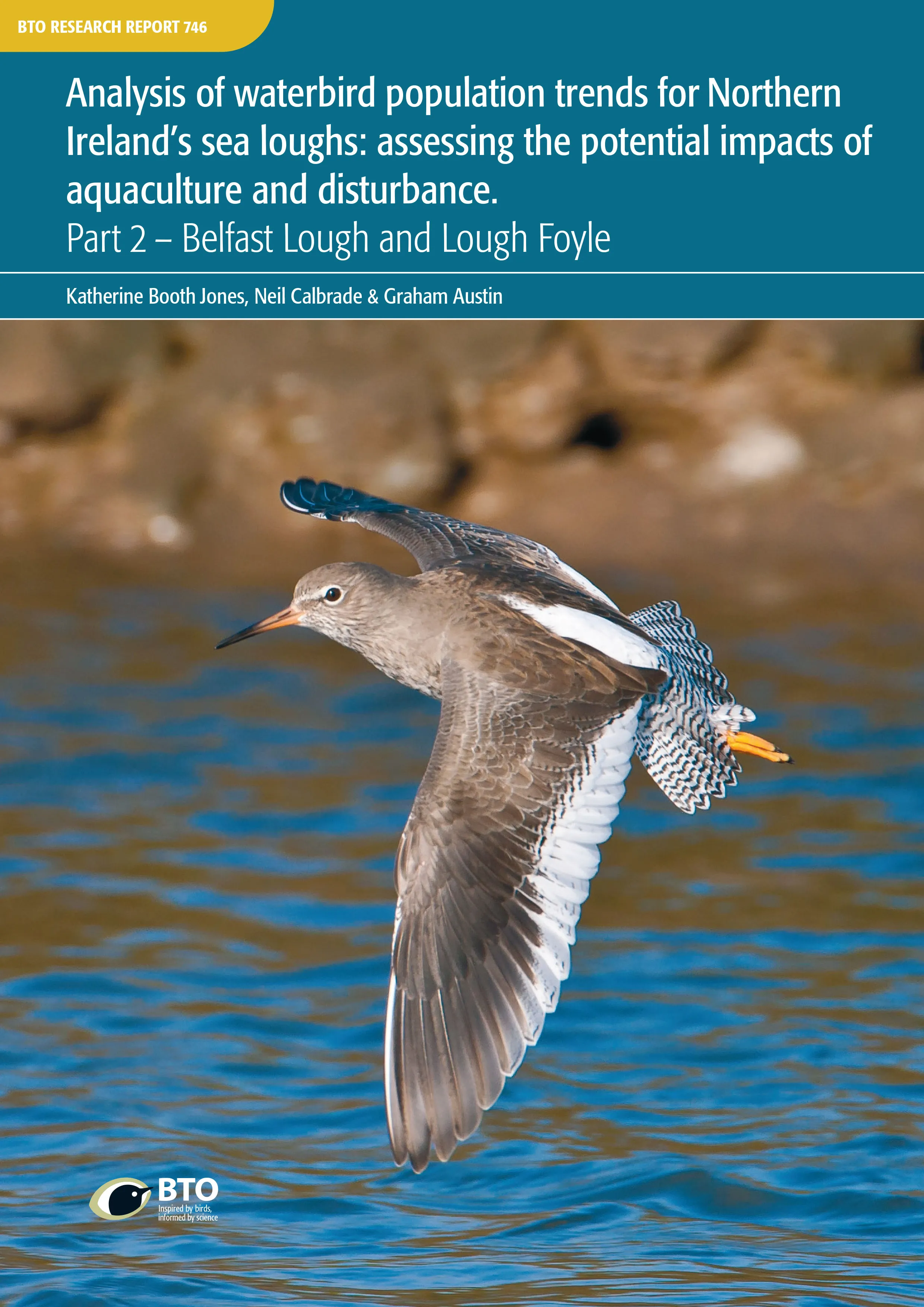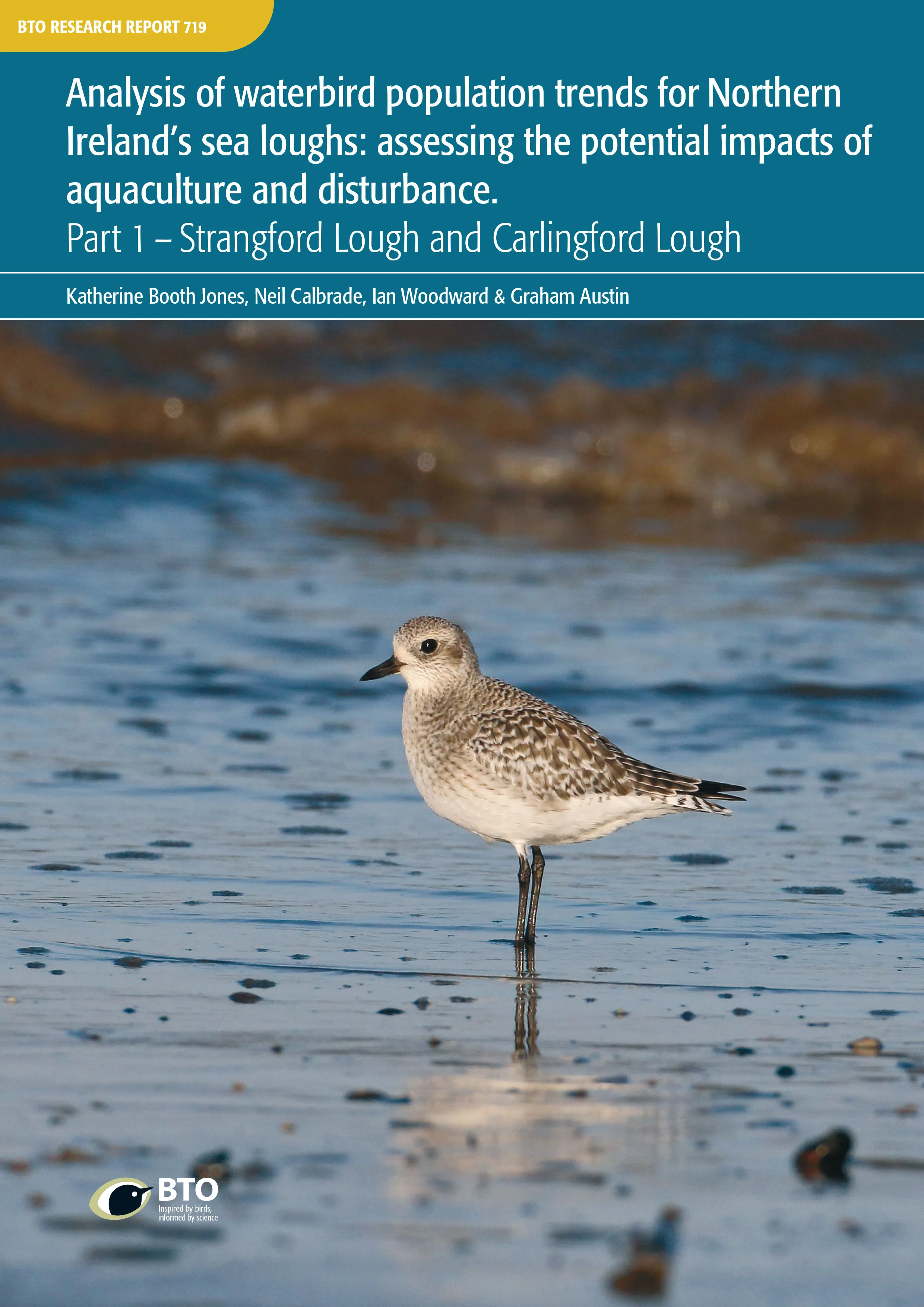BTO create and publish a variety of important articles, papers, journals and other publications, independently and with our partners, for organisations, government and the private sector. Some of our publications (books, guides and atlases) are also available to buy in our online shop.
Annual report of the Seabird Monitoring Programme
Seabird Population Trends and Causes of Change: 1986–2023
This report presents the latest seabird population trends in breeding abundance and productivity using data from the Seabird Monitoring Programme (SMP).
The report documents changes in the abundance and productivity of breeding seabird species in Britain and Ireland from 1986 to 2023, and provides a detailed account of the 2021, 2022 and 2023 breeding seasons.

Search settings
Social media and deep learning reveal specific cultural preferences for biodiversity
Author: Havinga, I., Marcos, D., Bogaart, P., Massimino, D., Hein, L. & Tuia, D
Published: 2023
30.03.23
Papers

Analysis of waterbird population trends for Northern Ireland’s sea loughs: assessing the potential impacts of aquaculture and disturbance. Part 3 – Larne Lough, Killough Harbour and Dundrum Inner Bay
Author: Author(s): Booth Jones, K., O’Connell, P., Calbrade, N. & Austin, G.
Published: 2023
This study is part three of a series of sector‐level analysis reports on sea‐lough WeBS data in Northern Ireland, previously documenting Carlingford Lough, Strangford Lough, Belfast Lough, and Lough Foyle, which were chosen as sites that host aquaculture activities. These reports aim to improve understanding of the fluctuations in numbers of waterbirds within the sites and inform the consenting of operations and assessment of development plans on these protected areas. This report aims to provide an initial insight into the potential impact of intertidal Oyster aquaculture on trends in Larne Lough, Killough Harbour and Dundrum Inner Bay.
17.03.23
Research reports Research reports

Analysis of waterbird population trends for Northern Ireland’s sea loughs: assessing the potential impacts of aquaculture and disturbance: Part 2 – Belfast Lough and Lough Foyle
Author: Author(s): Booth Jones, K., O’Connell, P., Calbrade, N. & Austin, G.
Published: 2023
This study aims to produce the first sector-level analysis of Wetland Bird Survey (WeBS) data in Northern Ireland, on two of the sea-lough sites that host aquaculture activities. This will improve understanding of the fluctuations in numbers of waterbirds within the sites and inform the consenting of operations and assessment of development plans on these SPAs.
17.03.23
Research reports Research reports

Analysis of waterbird population trends for Northern Ireland’s sea loughs: assessing the potential impacts of aquaculture and disturbance. Part 1 – Strangford Lough and Carlingford Lough
Author: Author(s): Booth Jones, K., O’Connell, P., Calbrade, N. & Austin, G.
Published: 2023
This study aims to produce the first sector-level analysis of Wetland Bird Survey (WeBS) data in Northern Ireland, on two of the sea-lough sites that host aquaculture activities. This will improve understanding of the fluctuations in numbers of waterbirds within the sites and inform the consenting of operations and assessment of development plans on these SPAs.
17.03.23
Research reports Research reports

A niche-based approach for evaluating the mechanisms of community stability in butterfly communities across three countries
Author: Evans, L.C., Melero, Y., Schmucki, S., Boersch-Supan, P.H., Brotons, L., Fontaine, C., Jiguet, F., Kuussaari, M., Massimino, D., Robinson, R.A., Roy, D.B., Schweiger, O., Settele, J., Stefanescu, C., van Turnhout, C.A.M. & Oliver, T.H.
Published: 2023
The stability of ecological communities has important consequences for the functioning of ecosystems, and several different mechanisms have been linked to delivering that stability. It has been shown, for example, that the stability of the species’ populations present within the community, together with the degree of synchrony that exists between them, can influence overall community stability. Larger populations tend to be more stable than smaller populations because they typically have greater genetic diversity and more capacity to adjust to environmental changes through natural selection, while populations situated closer to the middle of their preferred environmental niche tend to be more stable than those located at the margins. This study sought to identify which of these mechanisms was more important.
16.03.23
Papers
